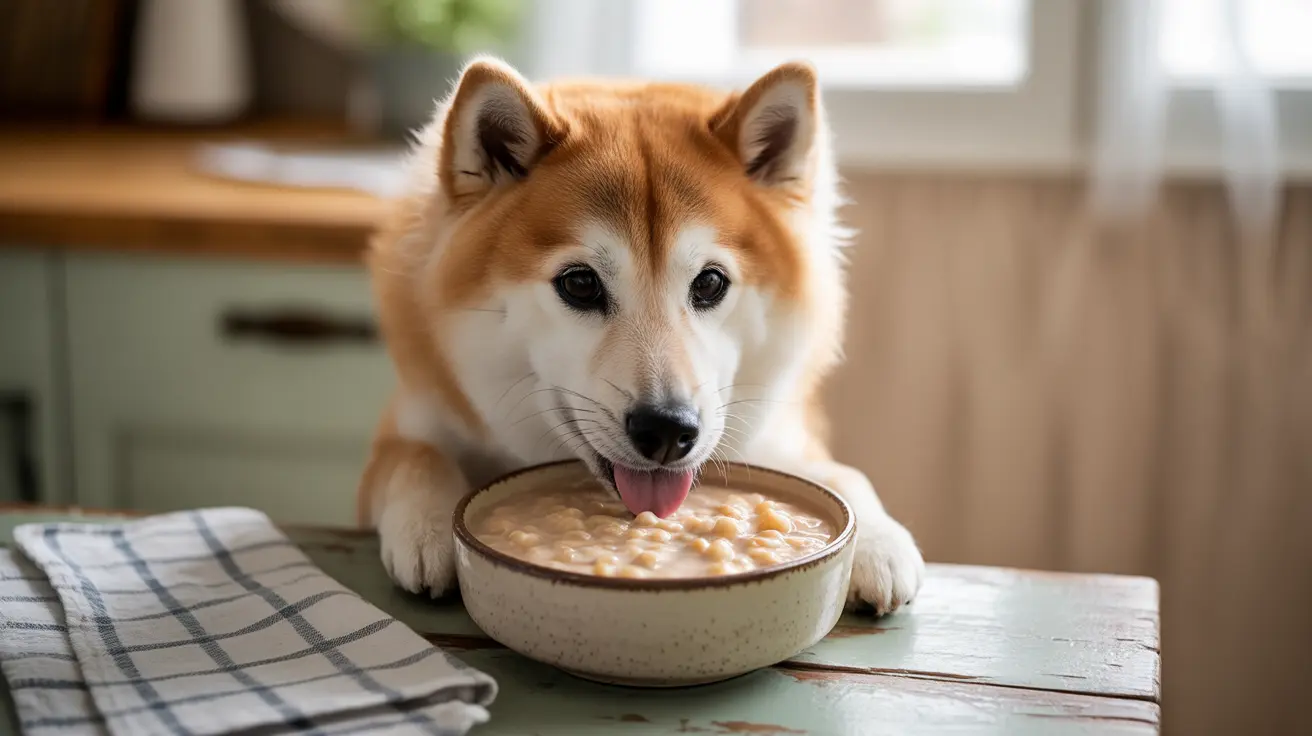As more pet owners explore grain-free options for their dogs, tapioca has emerged as a popular alternative carbohydrate source. But is this starchy extract from the cassava root truly safe for our canine companions? Let's dive deep into everything you need to know about feeding tapioca to dogs.
Understanding the safety, benefits, and potential risks of tapioca can help you make informed decisions about including it in your dog's diet. Whether you're considering commercial dog food containing tapioca or thinking about preparing it at home, this comprehensive guide will address all your concerns.
What Is Tapioca and Why Is It Used in Dog Food?
Tapioca is a starch extracted from the cassava root plant, naturally gluten-free and widely used in pet food manufacturing. It serves as a binding agent in kibble and provides an alternative carbohydrate source for dogs with grain sensitivities.
In commercial dog foods, tapioca appears under various names including tapioca starch, tapioca flour, or cassava flour. Its neutral flavor and excellent binding properties make it particularly valuable in grain-free formulations.
Benefits of Tapioca for Dogs
While tapioca isn't nutrient-dense, it does offer several advantages when properly incorporated into a dog's diet:
- Naturally gluten-free and hypoallergenic
- Easy to digest for most dogs
- Provides quick energy through carbohydrates
- Contains small amounts of beneficial minerals
- Works well in special diets for sensitive dogs
Potential Risks and Safety Considerations
Despite its benefits, there are important safety considerations when feeding tapioca to dogs:
Raw Tapioca Dangers
Never feed raw tapioca to dogs. Raw cassava contains cyanogenic glycosides, which can be toxic. Always ensure tapioca is thoroughly cooked before serving.
Weight Management Concerns
Tapioca is high in carbohydrates and calories but low in fiber. Excessive consumption can lead to weight gain and related health issues. Portion control is crucial.
How to Safely Feed Tapioca to Your Dog
Follow these guidelines when incorporating tapioca into your dog's diet:
- Start with small amounts to test tolerance
- Only serve plain, fully cooked tapioca
- Avoid human tapioca desserts or bubble tea
- Monitor for any digestive issues
- Consult your veterinarian about appropriate portions
Frequently Asked Questions
Can dogs eat tapioca, and is it safe for them?
Yes, dogs can safely eat tapioca when it's properly cooked and served in moderation. It's commonly used in commercial dog foods and is generally well-tolerated by most dogs.
How should tapioca be prepared before feeding it to dogs?
Tapioca must be thoroughly cooked before feeding to dogs. Never serve raw tapioca, as it contains harmful compounds. Use plain, unflavored tapioca and avoid any additives or sweeteners.
What are the health benefits and risks of feeding tapioca to my dog?
Benefits include being gluten-free, easily digestible, and providing quick energy. Risks include potential weight gain from excessive consumption and minimal nutritional value beyond carbohydrates.
Can tapioca cause allergies or digestive issues in dogs?
While rare, some dogs may experience allergies or digestive issues with tapioca. Watch for symptoms like itching, vomiting, or diarrhea, and discontinue use if problems occur.
Is it safe to give dogs tapioca pearls or tapioca pudding made for humans?
No, avoid giving dogs human tapioca treats. These often contain harmful ingredients like xylitol, excessive sugar, or artificial sweeteners that can be dangerous for dogs.
Remember, while tapioca can be a safe addition to your dog's diet, it should never replace the primary nutrition sources in their regular meals. Always prioritize a balanced diet that meets all your dog's nutritional needs.






